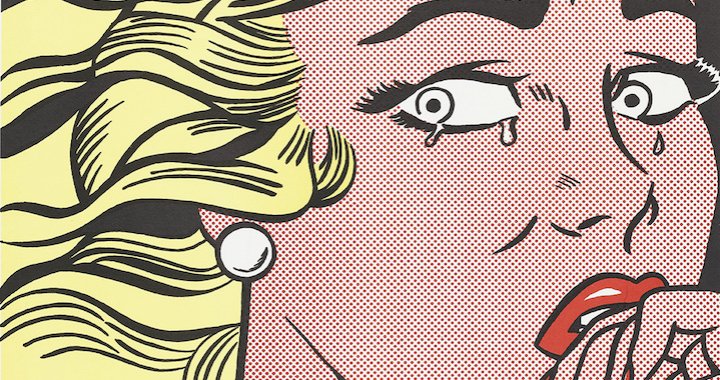
Post-war US optimism mixed with a growing political frustration
Q&A with Øystein Ustvedt, curator of “The Great Graphic Boom” exhibition at the National Gallery, in Oslo
13/04/2017
The Great Graphic Boom
The National Gallery, Oslo
Through 28 May, 2017
Artists: Lee Bontecou, Louise Bourgeois, Vija Celmins, Helen Frankenthaler, Nancy Graves, Jasper Johns, Donald Judd, Alex Katz, Ellsworth Kelly, Willem de Kooning, Roy Lichtenstein, Brice Marden, Agnes Martin, Robert Motherwell, Bruce Nauman, Barnett Newman, Jackson Pollock, Robert Rauschenberg, Ed Ruscha, Richard Serra, Frank Stella, Cy Twombly, and Andy Warhol.
Works by twenty-three artists are on display in four rooms of The National Gallery to show the ‘great graphic boom’ that emerged around 1960 in the United States, when many artists began to shift away from the expressionism of the New York school, and collaborations with various workshops and professional printers became important.

Barnett Newman. Canto VII, 1963. Photo: Staatsgalerie Stuttgart
Why do you feel that now is the right time to show printmaking of the 1960s?
For many, many years, the focus of attention, when it comes to the post-war art scene in the US, has been, on the one hand, large-scale paintings, and on the other, the emergence of new media such as happenings, video art, performance, photo, site-specific art and others. Maybe graphic art has been viewed as too traditional and too commercial to really fit into the main story of the period. To me, the graphic field has been widely underestimated, as it had such an impact on the way of making and thinking about the picture within the art.
It feels good to do this show right now, as a kind of contrast to our digital age in which the screen has become so overwhelmingly present.
Could you give us a few highlights of the oeuvre that can be seen in this exhibition?
Barnett Newman’s large-scale work Cantos, from 1963-64. It consists of 18 lithographs, a front page, a colophon, and a foreword by Newman, and a beautiful box. We have displayed the works horizontally, almost as a book, as Newman preferred, not framed on the wall. Andy Warhol’s series of Soup Cans from 1969, Louis Bourgeoise’s Ste Sebastienne, four different version or stages of Jasper Johns’ lithography Savarin, 1981…There are so many!
How would you characterize the overall feeling/atmosphere of the show?
It has a feeling of post-war US optimism mixed with a growing political frustration. The exhibition consists of four large sections, each with its own atmosphere. One section is dark with rather few works on the wall and a sacred atmosphere, while the next one is more like a busy lithographic workshop.

Alex Katz. Brisk Day, 1990

Ellsworth Kelly. Dark Blue and Red, 1964-5. Photo: Nasjonalmuseet / Jeanette Veiby

Andy Warhol. Flowers, 1964. Photo: Nasjonalmuseet / Therese Husby

Louise Bourgeois. Sainte Sébastienne, 1992. Photo: Nasjonalmuseet / Børre Høstland